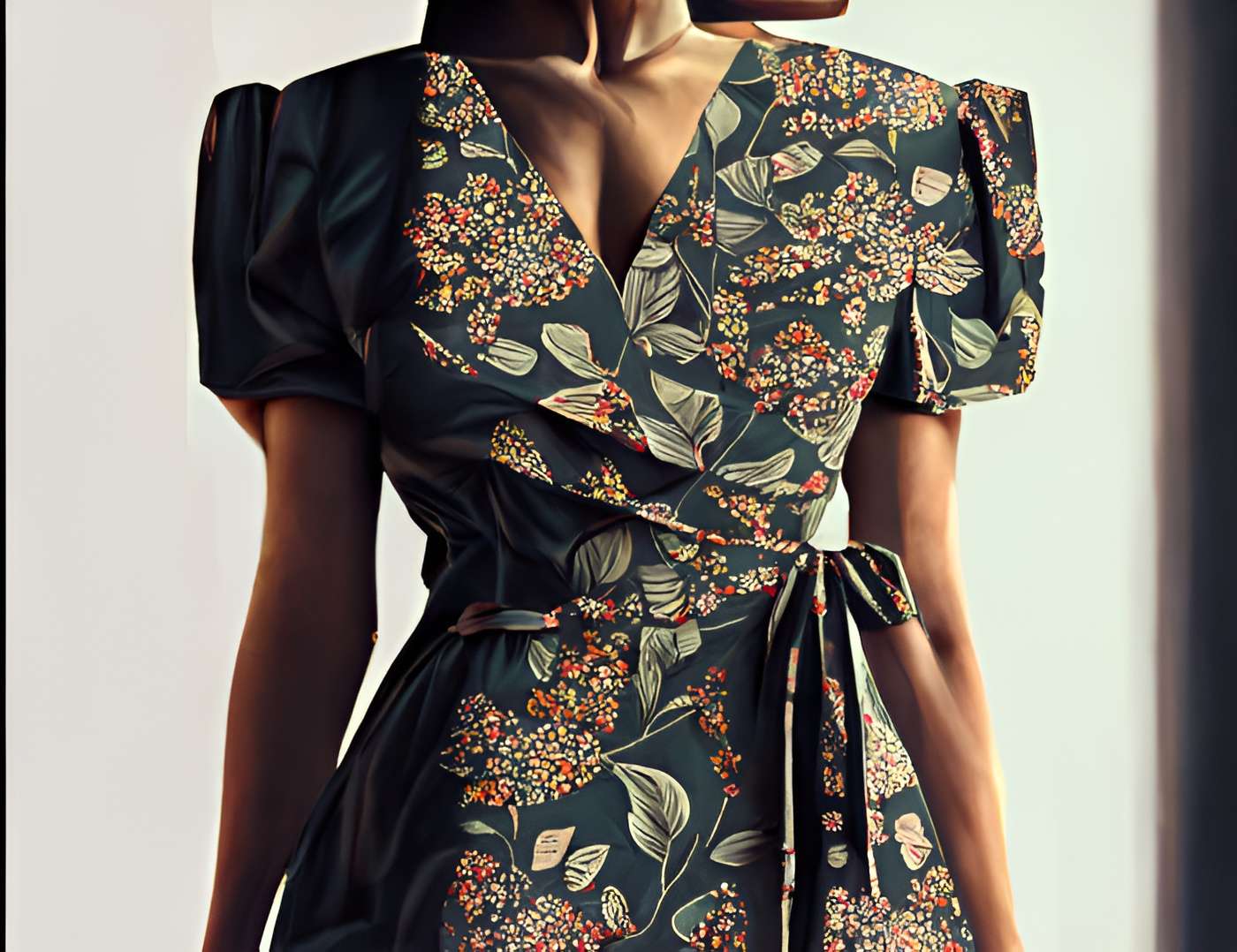The Timeless Elegance of Dresses: A Fashion Staple for Every Season
Dresses have been a cornerstone of fashion for centuries, evolving with the times while maintaining their status as a versatile and essential garment. From casual summer frocks to sophisticated evening gowns, dresses offer a unique combination of style, comfort, and practicality that appeals to fashion enthusiasts of all ages. This article explores the enduring appeal of dresses, their place in modern fashion, and how they continue to shape the way we express ourselves through clothing.

Today, the fashion industry continues to innovate, with designers pushing the boundaries of dress design. Modern dresses incorporate sustainable materials, cutting-edge technology, and inclusive sizing, catering to a diverse range of body types and personal preferences. The evolution of dresses showcases not only changes in style but also reflects broader social and cultural movements.
What makes dresses a popular choice for summer fashion?
Summer and dresses go hand in hand, creating a perfect symbiosis of style and comfort. The lightweight fabrics and breezy silhouettes of summer dresses allow for optimal air circulation, keeping the wearer cool during hot weather. Floral prints, pastel colors, and vibrant patterns often associated with summer dresses add a cheerful and refreshing element to one’s wardrobe.
Many summer dresses are designed with versatility in mind, easily transitioning from casual daywear to evening attire with the right accessories. Sundresses, maxi dresses, and wrap dresses are particularly popular during the warmer months, offering both style and practicality. The ease of wear and the ability to create a put-together look with a single piece make dresses a go-to choice for summer fashion enthusiasts.
How do designer dresses influence mainstream fashion trends?
Designer dresses play a crucial role in shaping fashion trends that eventually trickle down to mainstream clothing. High-end fashion houses and renowned designers often showcase their latest dress creations on runways and red carpets, setting the tone for upcoming seasons. These designer pieces influence color palettes, silhouettes, and fabric choices that are later adapted by more accessible brands.
Celebrity endorsements and high-profile events further amplify the impact of designer dresses on popular fashion. When a celebrity wears a particular style of dress, it often leads to increased demand and imitations in the mass market. This influence extends beyond just the design itself; designer dresses also inspire new ways of styling and accessorizing, influencing overall fashion trends.
What are the key elements of a well-designed dress?
A well-designed dress is a harmonious blend of form and function. The key elements include:
-
Fit: A properly fitting dress should flatter the wearer’s body shape, neither too tight nor too loose.
-
Fabric: The choice of material is crucial, affecting both comfort and appearance.
-
Silhouette: The overall shape of the dress should complement the wearer’s figure and suit the intended occasion.
-
Details: Elements like necklines, sleeves, and embellishments contribute to the dress’s character.
-
Versatility: A well-designed dress often can be dressed up or down for different occasions.
Designers consider these elements carefully, balancing aesthetic appeal with wearability. The best dresses not only look good but also make the wearer feel confident and comfortable.
How do dresses contribute to sustainable fashion practices?
As the fashion industry faces increasing scrutiny over its environmental impact, dresses are at the forefront of sustainable fashion practices. Many designers and brands are adopting eco-friendly approaches to dress production, including:
-
Using sustainable materials like organic cotton, recycled polyester, and Tencel.
-
Implementing zero-waste pattern cutting techniques to reduce fabric waste.
-
Creating timeless designs that transcend seasonal trends, encouraging longer wear.
-
Offering dress rental services to reduce overall consumption.
-
Upcycling vintage dresses or repurposing materials to create new garments.
These practices not only reduce the environmental footprint of dress production but also raise consumer awareness about sustainable fashion choices. By choosing sustainably made dresses, consumers can enjoy fashion while supporting ethical and environmentally conscious practices.
In conclusion, dresses remain a vital component of the fashion landscape, continuously evolving to meet the changing needs and preferences of wearers. From summer staples to high-end designer creations, dresses offer a unique blend of style, comfort, and versatility. As the fashion industry moves towards more sustainable practices, dresses are likely to play a significant role in shaping the future of clothing design and consumption. Whether for casual outings, formal events, or anything in between, the enduring appeal of dresses ensures their place as a timeless fashion essential.






